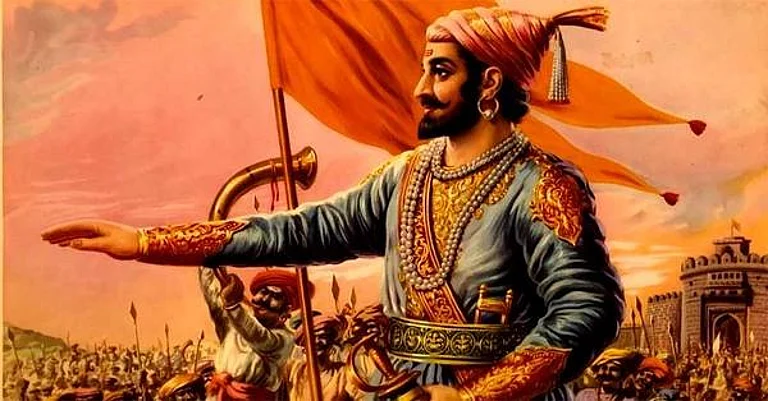Easterine Kire is a very highly regarded writer of our generation, and in her novel Journey of the Stone, published by Barkweaver, she demonstrates her representative literary vernacular drawn from a legacy of oral tradition and storytelling that imbues to her work a soft, impassioned orality reminiscent of Chinua Achebe’s literary aesthetic and the poignant and visual narration that palpitates through a magic realist novel such as 100 Years of Solitude by Gabriel Garcia Marquez.
The novel follows the story of Villie, a hunter by profession and Guardian of the Forest, as he moves between worlds and alternate realities that contain within them their own hierarchies, complexities, multiplicities and mysteries. The book is a sequel to When the River Sleeps, which won her the 2015 Hindu Prize for Fiction. It opens with a very pictorial description of a wounded and bruised Villie, clinging to the last vestiges of his life as he is being stabbed repeatedly by his assailant when out of the blue, a weretiger emerges from the tree cover and dives at his assailant, finishing him off for good. Villie lies on the ground, his blood curdling around him, unaware of the drama that had transpired, only to hear the comforting and encouraging words of the village seer who tells him he must deny death, which he manages to almost do.
On waking up and regaining his strength, Villie comes to the realization that he had entered an unusual situation where he is now half-spirit and half-man. However, Villie’s physicality was at its highest degree of mortality, so he could only morph into his physical self solely for virtuous purposes.
Structurally, these beginning scenes form the premise of the novel on which sub-plots and themes find root. Although the novel is not dissected into parts, it follows a chronological narrative with distinct plot movements and flashbacks, fragmented into chapters that reflect phases of Villie’s personal trajectory until the culmination of the final plot.
Throughout the novel, Villie inhabits a liminal space of neither-here neither-there, a place between and betwixt, and it is in this liminal space that he learns and unlearns about life or the after-life. As his “spirit” journeys from one place to another, the reader is made privy to the rich world of the Naga and particularly Tenyimia cultural beliefs and practices.
Through her employment of the oral tradition of story-telling, Kire is able to carve out a rather unique way of engaging with history. This is done by dedicating and representing the magical/ fantastic world of the Tenyimia as part of everyday lived reality. The magical or the fantastic is not something out there removed from our experience, but a very integral and illuminating fact of life. It is not extricated from the human experience, instead it enhances and makes the real much more real.
As Villie traverses through different geographical domains, over valleys and hills, Villie, in both human and spirit form, encounters everything from phantasmagoric creatures, changelings, deceptive and duplicitous spirits, rambunctious shapeshifters, angelic figures, all who sail through air, meandering rivers and streams while some live in the fissures of the lush forests. The human characters such as Ate (Villie’s adopted daughter), Puse and Zeu (boys who were almost taken to the netherworld by evil, serpentine spirits), Seleno and Peleno (Villie’s aunts) are portrayed as marred by their own frailties and complexities, each of them possessing an inner voice which makes Kire’s presence (the third person narrator) in their lives almost like that of a biographer.
Kire also employs a distinct colloquial vernacular to deliver the intricate nuances of the traditional, tribal Tenyimia Naga life, evident in her use of cultural terms as well as exclamations that behooves on the reader to learn about the cultural context of Villie’s reality. By using these refined narrative techniques, Kire creates an atmosphere and ambience for the reader to intimately engage with the characters to the point that the reader finds herself in a state of a willing suspension of any disbelief, even as we egg him on to persevere in his virtuous acts of saving human kind from danger and harm.
In this way, as the novel progresses, the boundaries between the real and the magical are effectively eroded. The final chapters of the novel steer the reader towards a crescendo with cinematic descriptions of “The Shining Ones” engaged in battle with “The Kings”, during which Alebu imparts the other-worldly wisdoms to Villie.
Most characteristically, Kire sagaciously breathes wisdom into the book by her deft use of metaphors, juxtaposition and allegory that proliferates parts of the novel. Characters such as Alebu, Ate and Villie himself are thoughtfully deployed in the author’s vision to comment on the frailty of human life, our insatiable appetites for greed and control, the lack of faith and finally, the power of faith that triumphs all, in a world that is becoming increasingly injuring and corrupted.





















